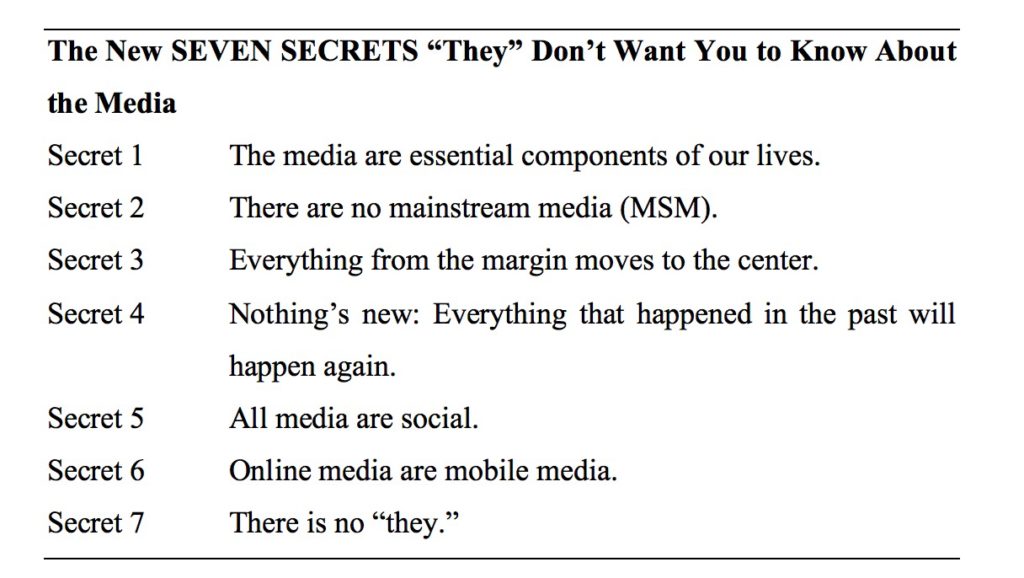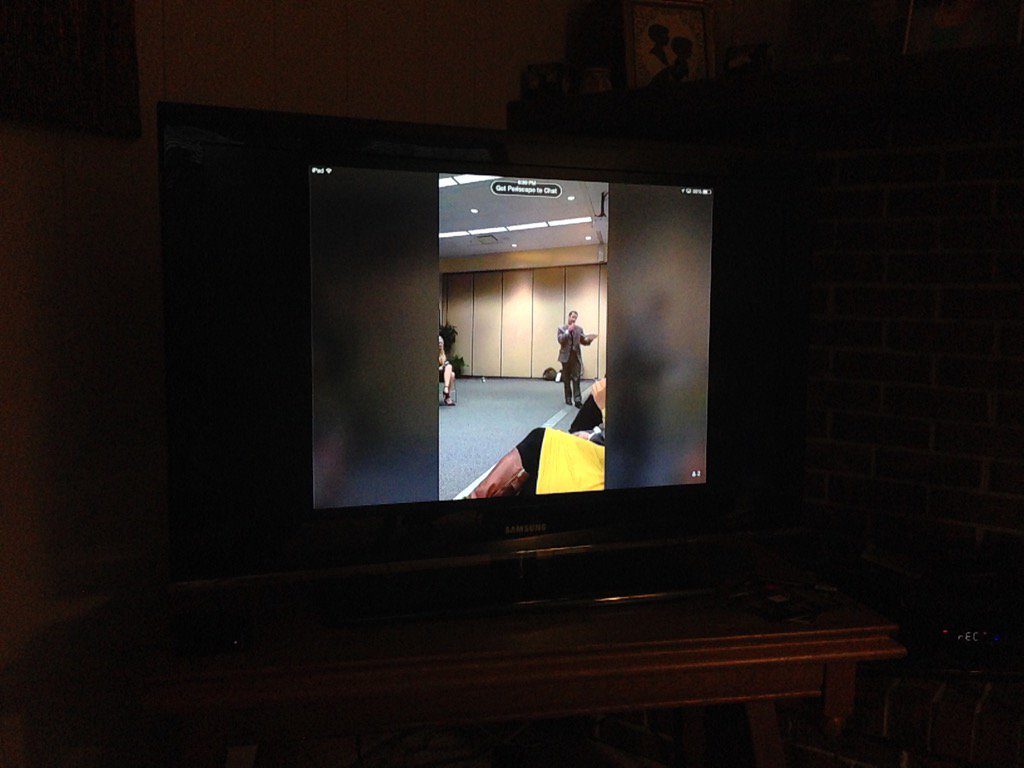Wednesday, June 22, 2016 is going down in history as a really big day in the world of television. The fact that C-SPAN aired cell phone video through the Periscope social media service for much of the day provided by Democratic members of Congress holding a sit-in in the U.S. House is nothing short of a siesmic change in our media world. This is the long-delayed second blog post looking at how television is changing.
In the 6th edition of Mass Communication: Living in a Media World due out late this fall, I offer up two new (actually replacement) secrets in the Seven Secrets “They” Don’t Want You To Know About The Media:
- Secret 5: All media are social
- Secret 6: Online media are mobile media
We can see those two new secrets exploding with what happened on C-SPAN on Wednesday, June 22, 2016.
The reason that C-SPAN exists is to provide live coverage of the U.S. House of Representatives when they are in session. At other times, C-SPAN carries a variety of speeches, campaign events and original programming. The key words here, however, are “when they are in session.” When the House is not in session, the majority party (currently the Republicans) controls whether the cameras are on or off. So, no surprise that Speaker of the House Paul Ryan shut off the House feed to C-SPAN while the Democrats held an out-of-session sit in on the House floor on June 22nd to call for votes on gun legislation.
But just because the official cameras were turned off didn’t mean there wasn’t video coming out of the House. Rep. Eric Swalwell (Dem., Calif.) used his Periscope streaming video account to live-stream the sit in, thus bypassing the Republican’s efforts to limit the sit in’s exposure. As did Rep. Scott Peters.
(To be fair, the majority party always has control of the cameras in the House, and the Democrats shut off the cameras, as well as the lights, in August of 2008 to stop feeding attention to the Republicans who wanted votes on energy legislation.)
That Swalwell would stream the sit in isn’t particularly surprising – he’s also known as the House’s king of Snapchat. He’s a young, hip representative from tech-savy California.
What was amazing was when C-SPAN started carrying Periscope feeds on their cable, satellite and streaming channels.
C-SPAN spokesman Howard Mortman told the Washington Post’s Erik Wemple Blog (that covers media issues): “This is the first time we’ve ever shown video from the House floor picked up by a Periscope account.”
This is a big deal because now mobile social media is providing programing straight into a legacy media channel.
We are seeing how members of congress can use their mobile devices to feed video out to their followers, and how long-tail media can pick up a much broader audience through short-head media.
As I think about it, we can see a large number of the New Seven Truths coming into play here:

I can clearly see:
- Secret 2 – There are no mainstream media – A social channel was getting the news out nationwide.
- Secret 3 – Everything from the margin moves to the center – A new social media channel was taking a stunt protest from inside the beltway to the entire country.
- Secret 4 – Nothing’s new: Everything that happened in the past will happen again – In November of 2008, terrorists hit Mumbai, India, and there were not Western legacy media channels there to report the news. In that absence, news organizations like CNN, Fox News, and the New York Times relied on images and reports coming from social media. (Obviously, the similarity here is not because of terrorist attacks but because of reports coming from places where legacy media cameras can’t reach.
- Secret 5 – All media are social – The story about the protest going out on C-SPAN from Periscope spread through social media, word of mouth, and people talking about it on legacy media. It was a social interaction.
- Secret 6 – Online media are mobile media – This one was perhaps the most obvious. Members of congress took their always on/on everywhere mobile devices to send out a stream that could be seen on television, computers, and mobile devices.


Pingback: Another Big Tremor in the the Earthquake in Slow Motion: Part 1 – Some Context | Living in a Media World
Ralph, thanks for providing these relevant examples for Chapter 1. I haven’t taught the intro course in a year, so I am pleased to see this relevant timely example of the “secrets” or “truths”.